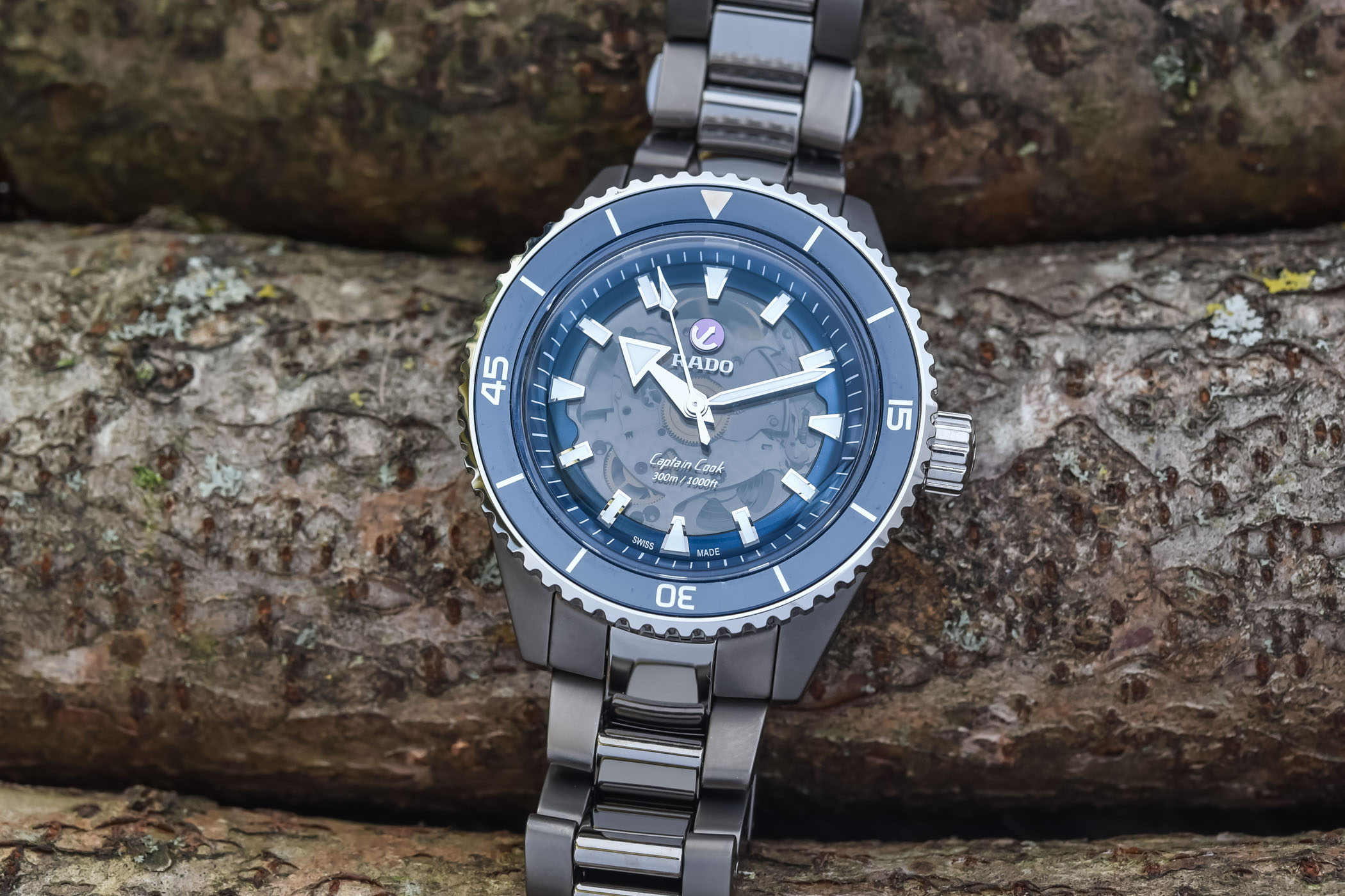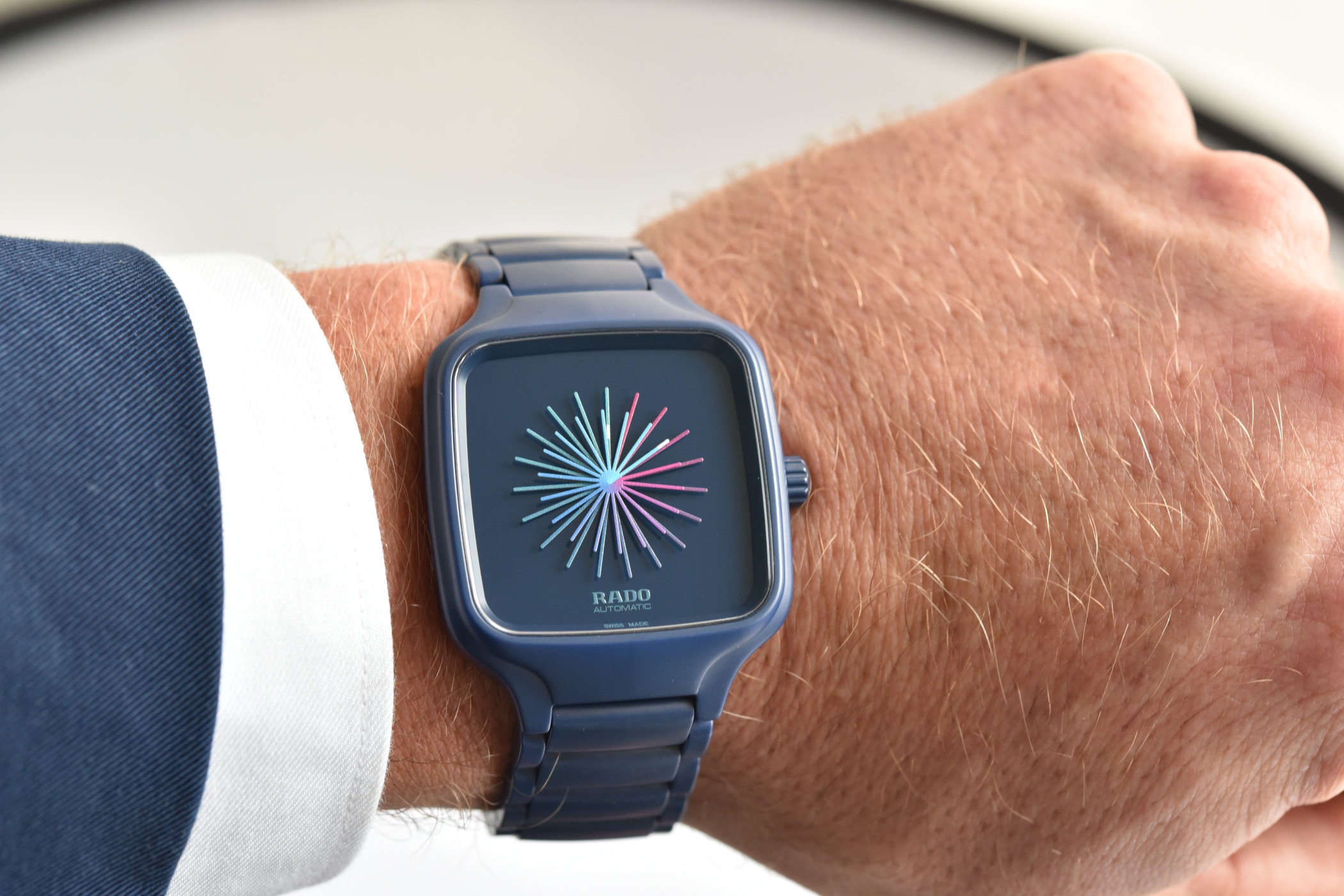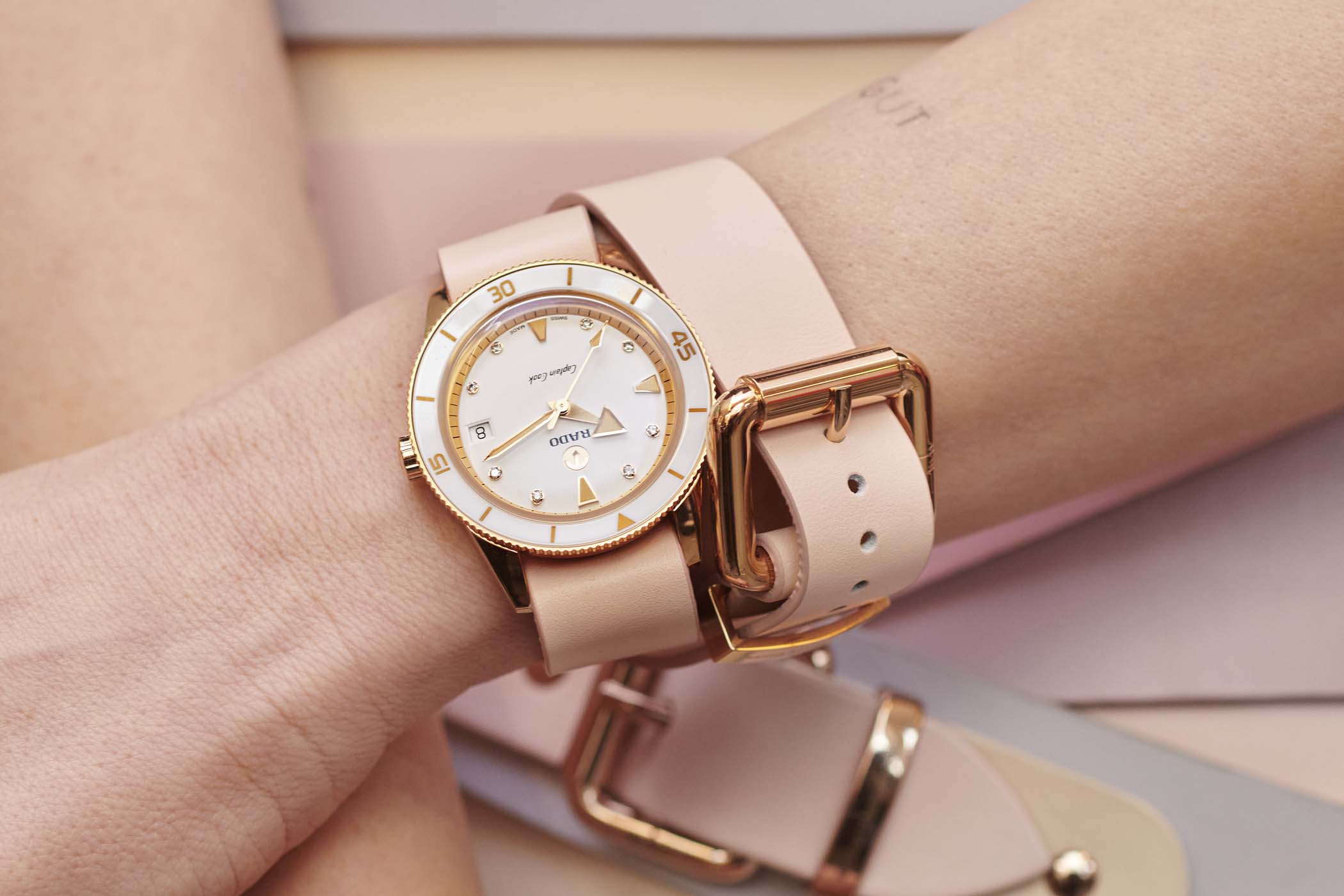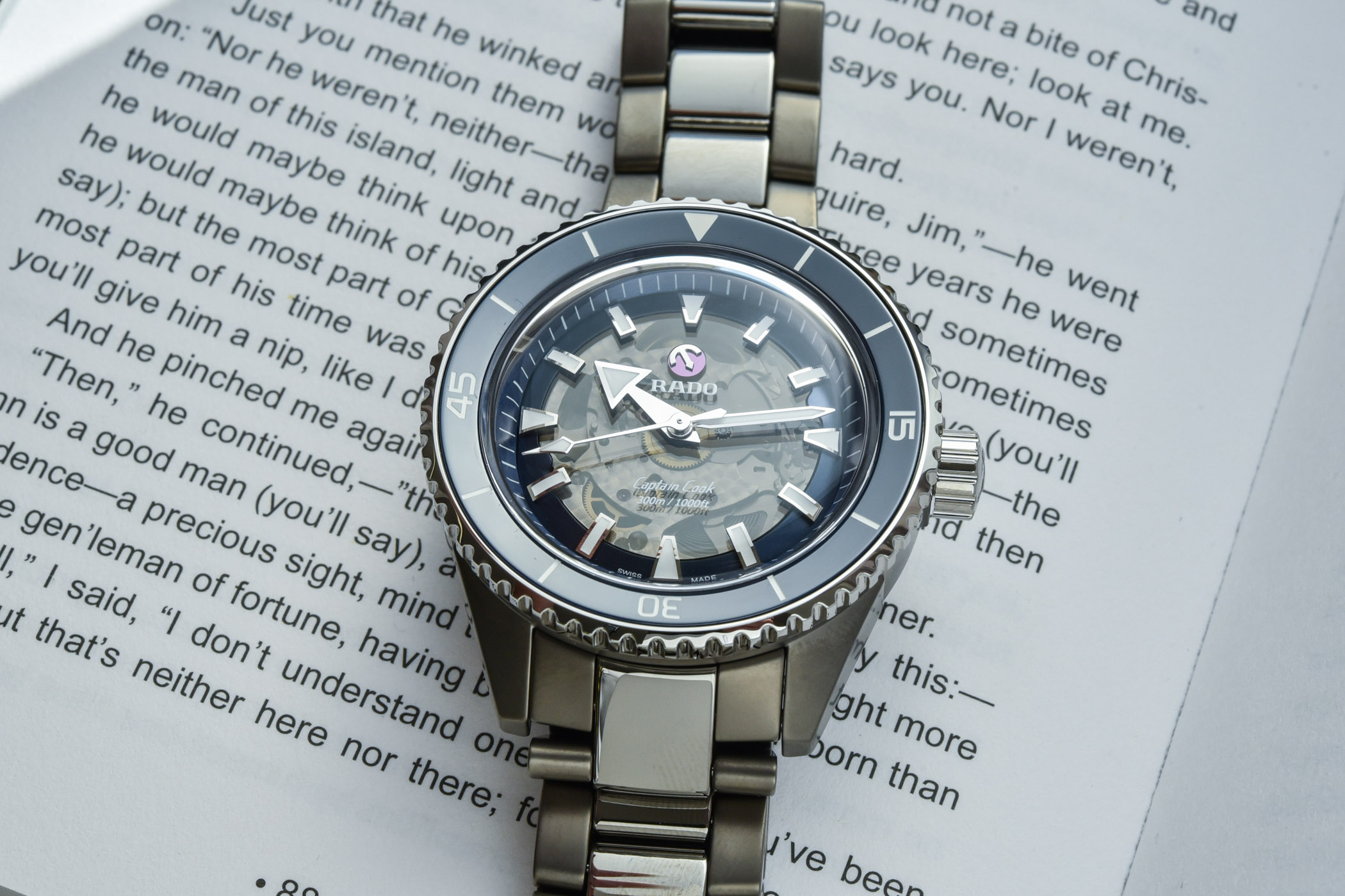Rado
Swiss luxury watch manufacturer

Rado was founded in 1917 by brothers Fritz, Ernst and Werner Schlup in Lengnau, Switzerland. Initially called Schlup & Co., the brothers had humble beginnings with a makeshift atelier in their parents' house. However, by the mid-1940's, the company was among the largest producers of watch movements in the world. It wasn't until 1957 that Rado appeared on a watch dial, starting with the Golden Horse collection. The Green Horse line followed in 1958 and by 1960, the brand had a presence in over 60 countries. In 1962, the 37mm Captain Cook dive watch debuted with a depth rating of 220 metres, an impressive feat for the time. Although only sold for a few years, it was recently revived and is now among the brand's most popular collections. Rado is a subsidiary of the Swatch Group and remains headquartered in Lengnau.
Rado is a serious innovator when it comes to materials and is among the first to use ceramic and other scratch resistant alloys. The DiaStar 1 launched in 1962 as the “world’s first” scratch proof watch, comprised of tungsten carbide (also known as hardmetal) with a sapphire crystal. In 1976, the Rado Dia 67 was completely covered with metalized sapphire crystal, increasing scratch resistance even more. By the 1990’s, high-tech ceramic became the brand’s material of choice with watches like the Ceramica. Introduced in 1990, it had an integrated bracelet and used a combination of sapphire crystal and ceramic. The Sintra went even further in 1993 with a new material, cermet – a titanium-based ceramic. Fast forward to 2002 and Rado unveiled the V10K, a revolutionary piece with a hardness of 10,000 Vickers, comparable to a diamond.
Today, ceramic watches are a mainstay for Rado with a choice of innovative colors and designs. The ceramic True Thinline launched in 2011 with a case height of only 5mm, while the crownless Esenza Touch introduced touch and swipe gestures to set the time in 2013. Two higher tech Rado materials include Ceramos metal ceramic, which blends metals into the ceramic for a metallic finish, and plasma high-tech ceramic, which has an ultra-smooth, shiny surface. Rado’s portfolio is now a mix of retro collections including the Captain Cook and Golden Horse, modern designs like the True Thinline and a variety of dress and other models for both men and women.










